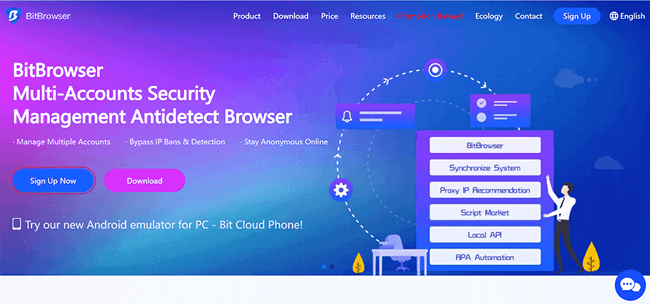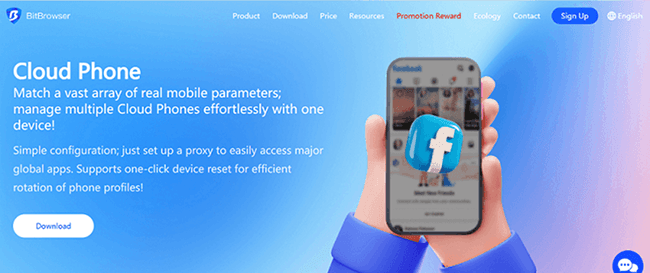
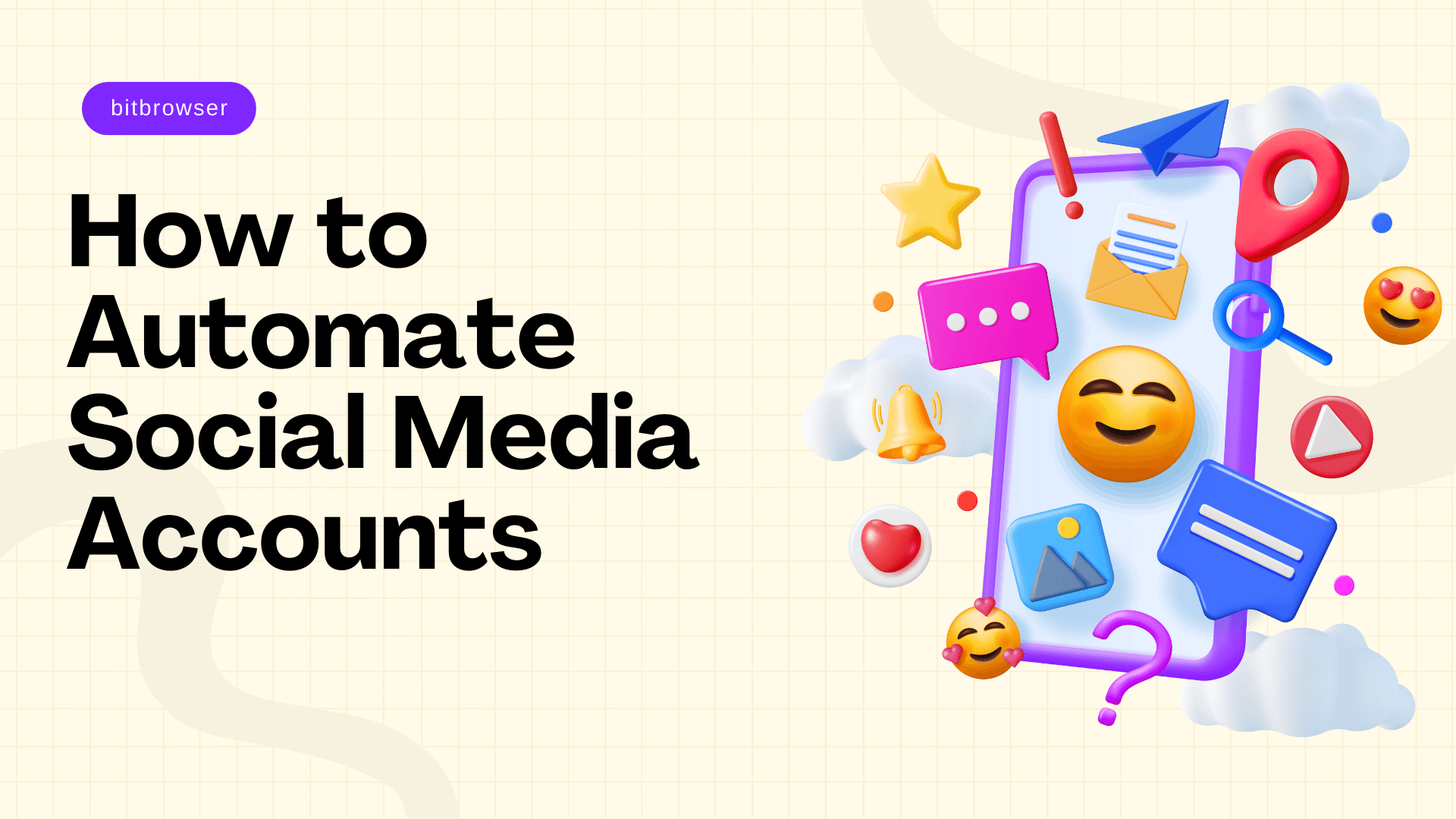
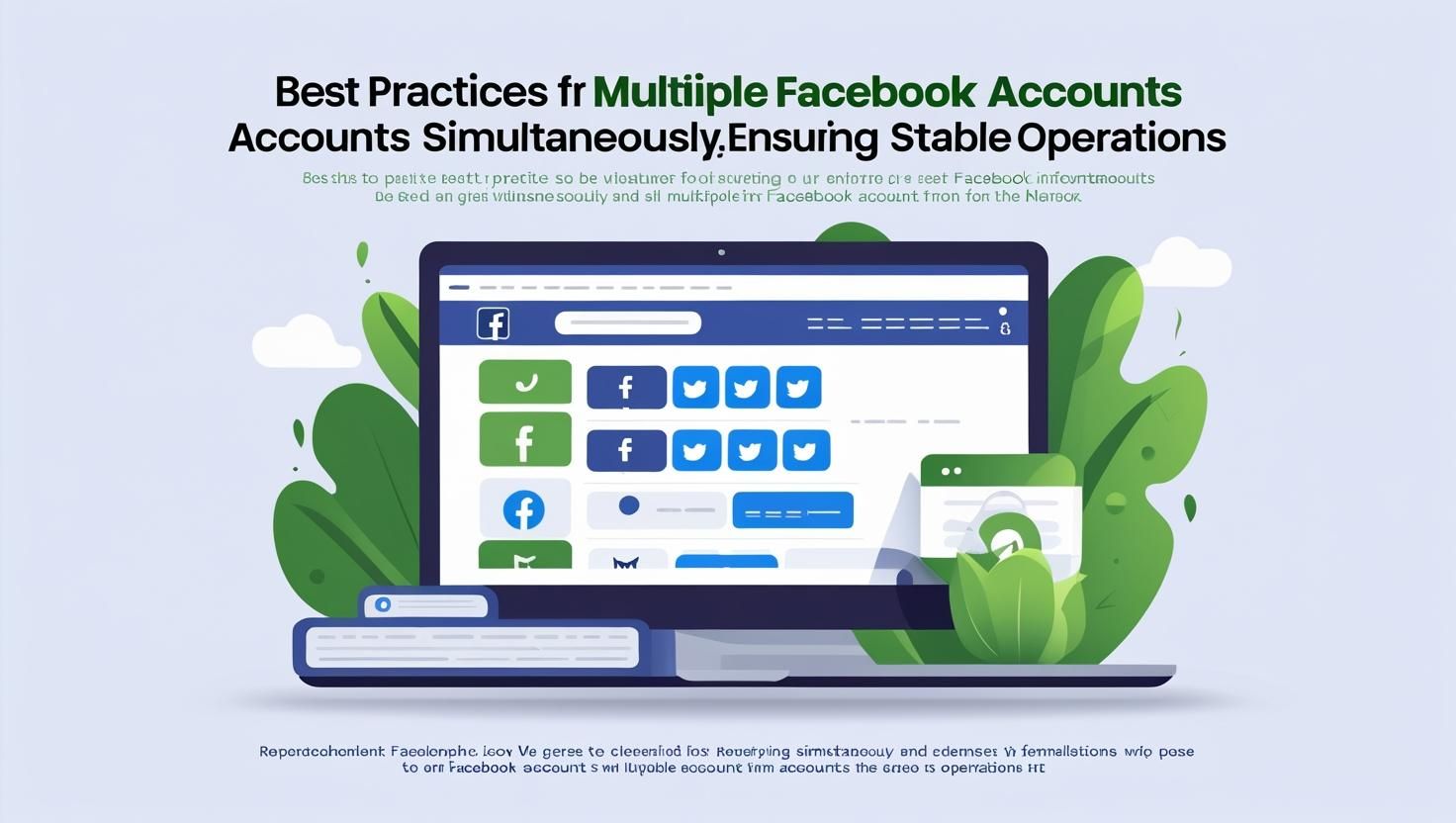
Robotic Process Automation (RPA): Tools, Benefits, and Real-World Examples
 2025.09.26 19:05
2025.09.26 19:05Are repetitive digital tasks slowing down your productivity? Robotic Process Automation (RPA) offers a smart solution by taking over manual, rule-based work—allowing you to focus on what truly matters.
With software bots acting like virtual assistants, organizations can streamline operations, reduce costs, and improve accuracy—all while freeing up employees to do more meaningful and strategic work.
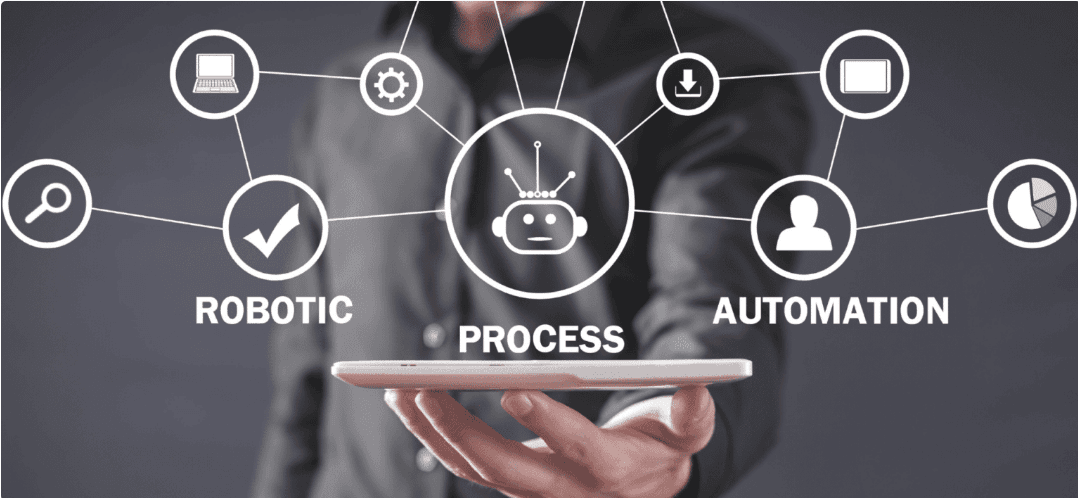
This comprehensive guide explores how RPA works, where it can be applied, its key benefits, leading tools in the market, and how businesses across industries are using it to transform their workflows.
What Is Robotic Process Automation?
RPA is a software technology designed to automate structured, repeatable tasks that usually require human interaction with digital systems. Bots simulate mouse clicks, keyboard input, and data movement across different systems, mimicking how a human would perform a task—but faster and without errors.
It’s commonly used to automate:
- Data entry and extraction
- Invoice processing
- Report generation
- Payroll and HR tasks
- Email responses
- System updates
Industries ranging from healthcare to finance and customer support are leveraging RPA to reduce manual workload and enhance operational efficiency.
How RPA Works
RPA bots operate by following a defined set of rules and workflows. They can interact with user interfaces, navigate systems, extract and input data, and even communicate with APIs when needed.
For example, in a billing process:
- A bot can read emails
- Extract invoice data from attachments
- Validate entries against existing records
- Enter data into accounting systems
- Generate a confirmation report
All of this happens automatically and accurately, often without any human involvement.
5 Key Benefits of RPA
1. Cost Efficiency
By automating routine tasks, organizations reduce the need for human intervention, leading to lower operational costs and higher ROI.
2. High Accuracy
Automation minimizes human error, ensuring tasks are completed with consistency and precision—especially critical in data-driven environments.
3. Increased Productivity
RPA handles tedious tasks quickly, allowing teams to focus on strategic, creative, or client-facing work.
4. Improved Job Satisfaction
Freeing employees from repetitive tasks boosts morale and makes work more engaging and rewarding.
5. Better Compliance & Risk Management
Bots follow predefined rules and keep detailed logs, helping organizations stay compliant and reducing the risk of regulatory issues.
Is Your Process Suitable for Automation?
Not every process is right for RPA. Here are some characteristics of ideal candidates:
✅ Rule-based
✅ Repetitive
✅ High volume
✅ Digitally accessible
✅ Stable and structured data
On the other hand, processes that rely heavily on human judgment, creativity, or frequent change are less suitable for automation
Must-Have Features in RPA Tools
When choosing an RPA platform, look for the following features:
- Reliability: Performs consistently without system crashes or data errors.
- Security: Includes access control, encryption, and audit logs.
- Ease of Use: Low-code or no-code interface for fast implementation.
- Integration: Works with your existing tools and systems.
- Scalability: Can grow with your organization and handle more complex workflows.
- AI Integration: Optional machine learning for handling unstructured data or evolving logic.
Top 5 RPA Tools to Explore
1. UiPath
A widely adopted platform offering a user-friendly interface, community support, and powerful automation features.
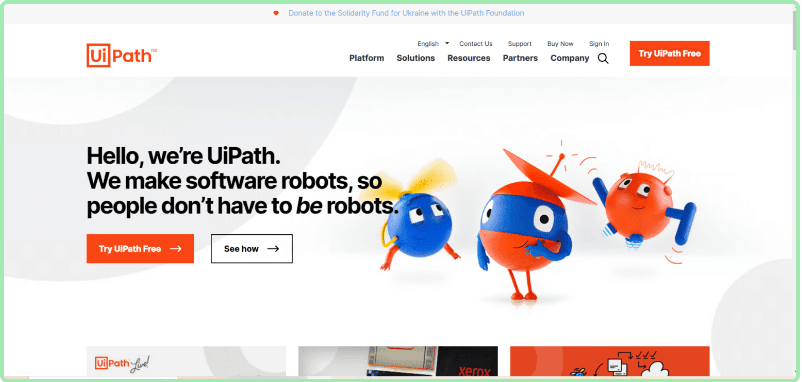
Pros:
- Free for personal use
- Strong training resources
- Scalable for enterprise
Cons:
- Some version update inconsistencies
- Limited offline community events
2. TruBot (by Datamatics)

Known for its AI-powered document processing and visual bot-building environment.
Pros:
- Handles large data volumes
- Intuitive interface
Cons:
- Can struggle with unexpected document formats
- Limited long-term roadmap visibility
3. Eggplant (by Keysight)
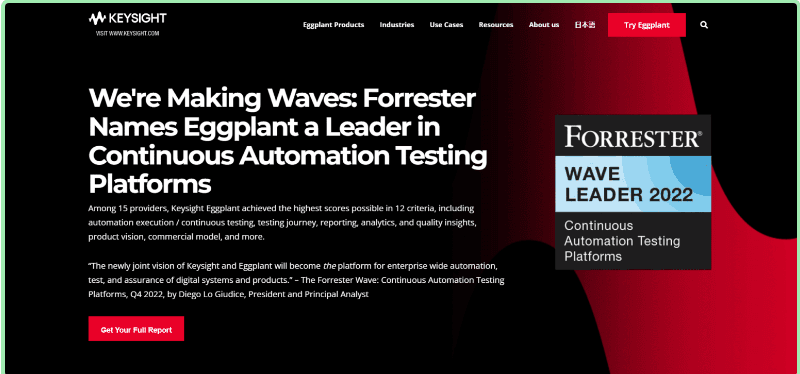
A testing-focused RPA tool that leverages AI for software testing and automation.
Pros:
- Cross-platform capabilities
- Visual UI testing and AI-based analysis
Cons:
- Complex setup
- Support service gaps reported
4. Automation Anywhere
Offers pre-built bots, drag-and-drop interface, and strong integration capabilities.
Pros:
- Scalable automation
- Quick process discovery
- Enterprise-ready
Cons:
- Limited job scheduling options
- Integration challenges with certain legacy platforms
5. Power Automate (formerly Microsoft Flow)
A cloud-based tool integrated with Microsoft 365, great for automating office tasks and connecting apps.
Pros:
- Easy to use
- Affordable pricing
- AI and GPT-based features
Cons:
- Lacks deep training resources
- Desktop automation can be clunky
RPA vs. Artificial Intelligence: Key Differences
| Robotic Process Automation (RPA) | Artificial Intelligence (AI) |
|---|---|
| Rule-based and repetitive tasks | Learning-based and adaptive |
| Structured data only | Can handle unstructured data |
| No learning or evolution | Continuously improves over time |
| Mimics user actions | Mimics human thought processes |
While RPA and AI serve different purposes, combining them enables intelligent automation—where bots make decisions, not just follow instructions.
Common RPA Challenges
1. Change Resistance
Employees may fear job loss or workflow disruptions. Solution: Invest in change management and upskilling.
2. Scaling Issues
Automation that works in one department may not scale easily. Solution: Build a scalable roadmap and choose flexible tools.
3. Data Security
RPA involves sensitive data. Solution: Use secure platforms, conduct regular audits, and follow best practices in data handling.
Real-World RPA Use Cases
Healthcare
Automates tasks like:
- Patient scheduling
- Claims processing
- Medical record updates
Impact: Frees staff to focus on patient care, especially during high-demand periods.
Finance
Streamlines:
- Invoice matching
- Expense reconciliation
- Report generation
Impact: Reduces errors and accelerates end-of-month reporting cycles.
Customer Service
Handles:
- Order processing
- Returns management
- Automated replies
Impact: Faster response times and lower support costs.
Human Resources
Improves:
- Onboarding and offboarding
- Payroll and timesheets
- Employee data management
Impact: Reduces paperwork and ensures compliance with labor laws.
The Future of RPA
RPA is growing rapidly, with strong adoption expected across industries like manufacturing, healthcare, logistics, and finance.
Analysts predict double-digit annual growth in the RPA market as organizations seek more efficient, scalable operations.
The future lies in combining RPA with AI, process mining, and analytics to create intelligent, end-to-end automation ecosystems.
Final Thoughts
RPA is more than a tech trend—it's a strategic advantage. By automating the right tasks, organizations can improve accuracy, boost efficiency, and empower their teams to focus on what truly matters.
Choosing the right RPA tool is critical to success. Evaluate your needs, define your processes, and explore platforms that support scalability, security, and ease of use.
Start small, automate wisely, and scale smart.
 petro
petro
 Multi-Account Management
Multi-Account Management Prevent Account Association
Prevent Account Association Multi-Employee Management
Multi-Employee Management

